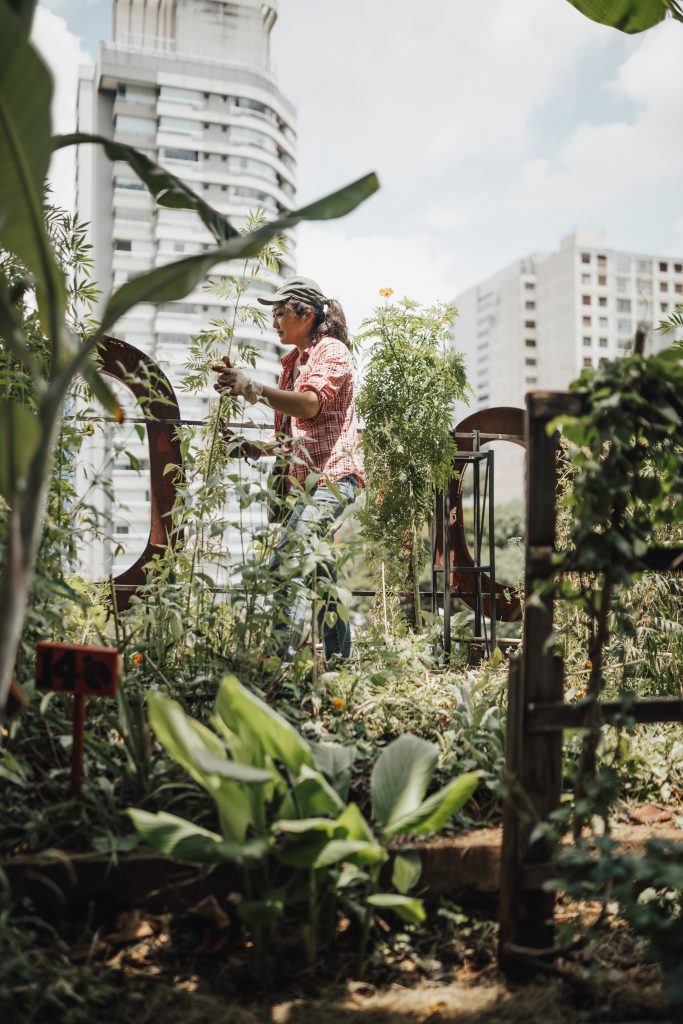The selection of a suitable site on which to establish the vegetable garden requires considerable thought, for an ill-chosen spot can be a great handicap in the beginning. The average home gardener has little choice because of the relatively small size of urban plots but several points must be considered if the outlay of seed, fertilizer, manure and labor is to show profitable returns.
Level ground with good drainage or ground with a slight slope is just about ideal. If the ground is on a slight slope make the slope even by filling in any depressions with soil taken from obvious high spots otherwise some plants will suffer from excess moisture while others, a few feet away, suffer from the lack of it. It is difficult to obtain an even stand of seedlings on uneven ground, for germination is always patchy.
If the only ground is on a moderate to steep slope it will be necessary to construct a number of bench terraces to conserve soil and moisture. The grade of the slope will determine the number of terraces necessary. Moderate slopes need two or three wide terraces; steep slopes call for several narrower ones. On moderate slopes the terraces can be shaped with soil, but on steeper slopes retaining walls of concrete, brick or stone are essential to prevent severe damage and soil loss during heavy storms. For preference these terraces should slope back slightly from the retaining wall. At all costs avoid, if possible, low-lying ground which is likely to become waterlogged in the rainy season. These lower soils often attract amateur growers because of their dark color, and appearance of fertility.
Good drainage is essential in vegetable gardens for no crops of consequence will tolerate “wet feet” for long. Too much soil moisture is detrimental to plant growth because the roots must have moisture and air circulation to function properly. Saturated conditions also slow down appreciably the beneficial activities of soil organisms which, as with roots must have air to flourish.
In laying out a garden there are two generally used methods each with its advantages and drawbacks. One method is to dig over and prepare the whole ares allocated to vegetables and to grow the crops, in rows, side by side with no defined paths between. This is the usual system in temperate regions and has the advantage that the area is used to the full.
The alternative method, and probably the most used, is to grow vegetables in slightly raised beds with each bed devoted to a single crop. It may be worthwhile to practice the first method in the dry season for winter crops and then resort to the bed method during the wet months to assist with drainage, as was mentioned earlier in my article to avoid the “wet feet” syndrome.
Gardeners practicing the bed method usually make the mistake of making the paths too wide and the beds too narrow and too high. The bed can be of any convenient length but should be at least four feet wide if the are to accommodate several rows of crops such as beetroot, carrots and lettuces. Beds of this size will still make it possible to allow for hoeing, thinning and harvesting to be done from the paths, which can be about fifteen to eighteen inches wide. Potatoes, sweet potatoes and other widely spaced crops are unsuited to bed culture because of the distance between rows necessary if adequate soil is available to earth them up.


